
One of the biggest challenges you face as a fleet manager is knowing when you need to replace your fleet vehicles.
In this article, we will answer all the questions you might face when it comes to coordinating fleet maintenance and fleet safety.
From developing a vehicle replacement strategy, and understanding vehicle lifecycle and costs, to how to replace your fleet vehicle, we’ve got you covered.
Let’s get started…


First, it’s important to know your duties as a fleet manager when it comes to fleet vehicle safety.
Fleet vehicle management and vehicle safety go hand in hand. This means staying on top of your fleet management by regularly scheduling and implementing maintenance.
This can also include developing a fleet safety education and training course for your drivers and staff.
One of the most important ways fleet managers can maintain fleet safety is by developing a vehicle replacement plan.
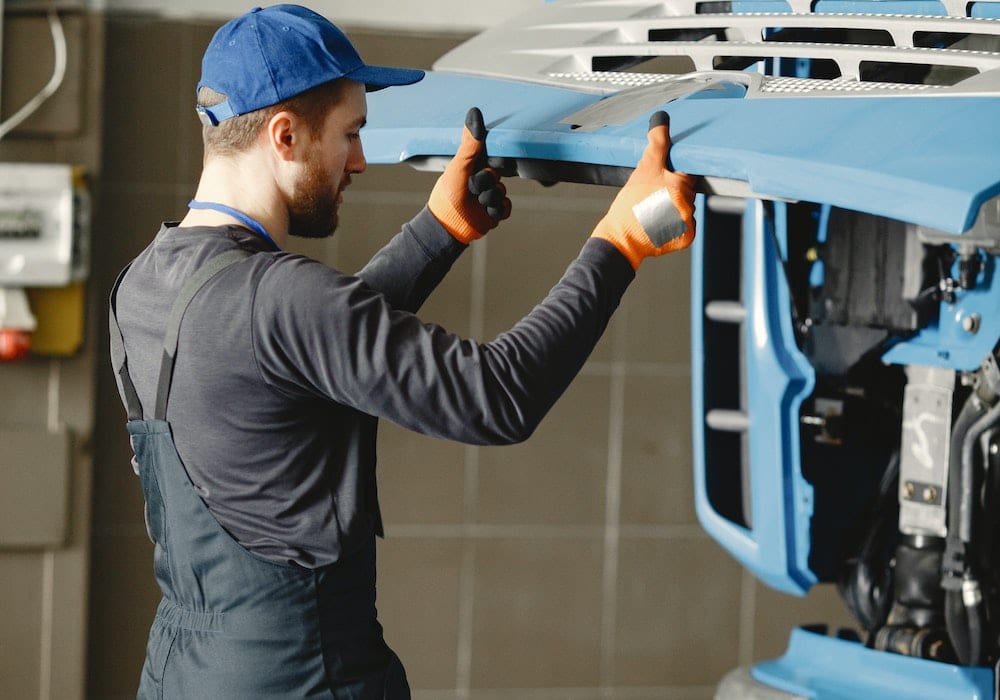
The first step to developing your vehicle replacement strategy is to understand your vehicle’s lifecycle.
There are many factors that go into determining your fleet vehicle’s lifecycle and consequently its replacement cycle. Here are some factors fleet managers should consider for fleet replacement:
Looking at all of the different factors associated with your vehicles will help develop your replacement cycle and can help you make a consistent schedule for maintenance and replacement.
In turn, it will help your fleet management skills and help you invest in the proper fleet management software.
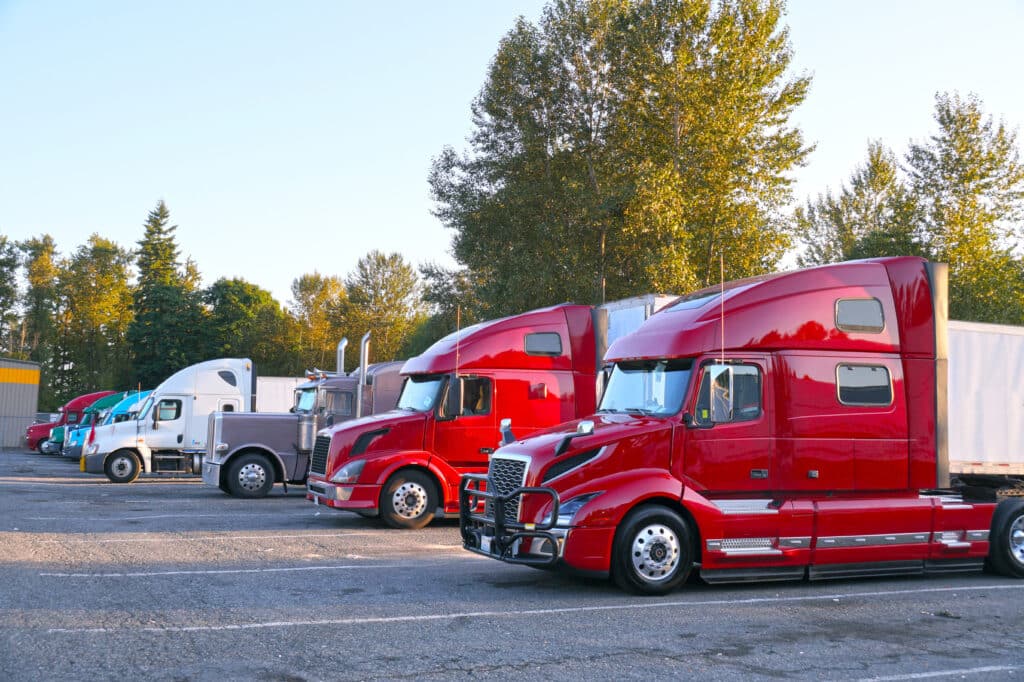
So, when is the ideal time for your replacement cycles?
The short answer is: It depends.
Your vehicle replacement strategy might be to wait until your vehicle peters out completely. While this may seem like common sense, this can hurt your fleet safety plan. It can also put your drivers at risk and increase liability concerns.
You want to come up with a balanced plan that will keep repair costs and maintenance costs low and maximize your fleet vehicles’ lifecycles.
Determining your fleet replacement timeline depends on your fleet vehicles’ makeup, size, age, and use.
Here are some perks that come with developing a consistent vehicle replacement plan:
Developing a vehicle replacement strategy requires wisdom, strategy, and projections so you can operate with the lowest total cost of ownership.
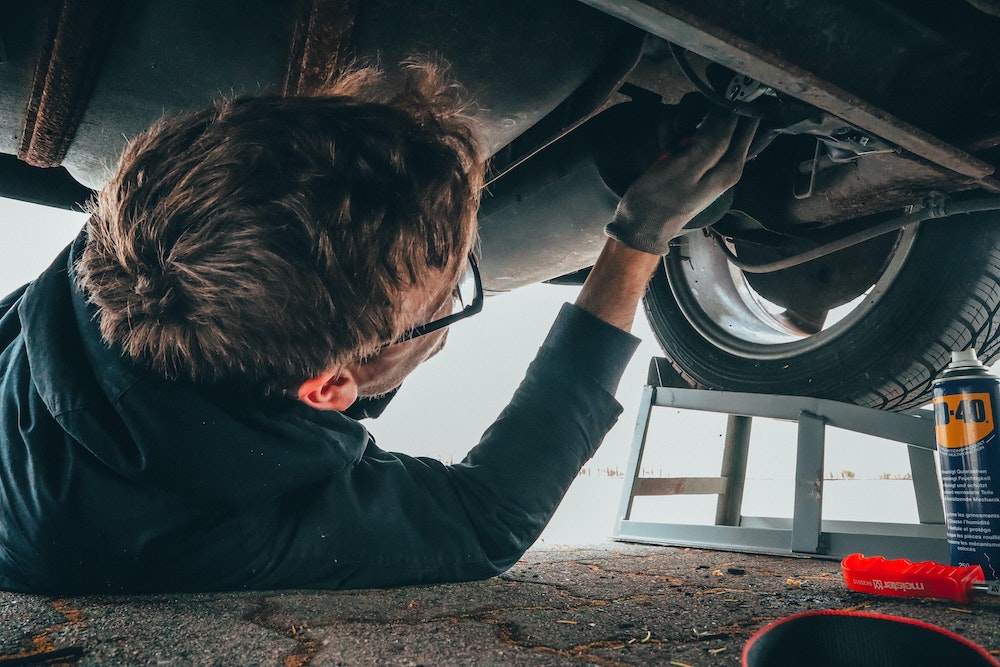
The longer you own a vehicle, the higher the repair, and other costs, are going to be.
Learning to spot the signs for when your older vehicles need to be replaced versus when they need maintenance can be difficult to determine.
Here are some tips for considering maintenance versus replacing your vehicles:
These factors can help you decide whether it’s more cost-efficient to sell or lease your vehicle versus maintaining it. That’s why many fleet managers invest in software and systems that can do the scheduling and maintenance for you.
Average costs per vehicle will vary greatly depending on your company needs and operations. To accurately gauge when it’s time to replace a vehicle, you’ll need to track each vehicle’s monthly expenses. When average monthly expenses outweigh that of a newer replacement vehicle (including financing) it’s time to find a replacement.
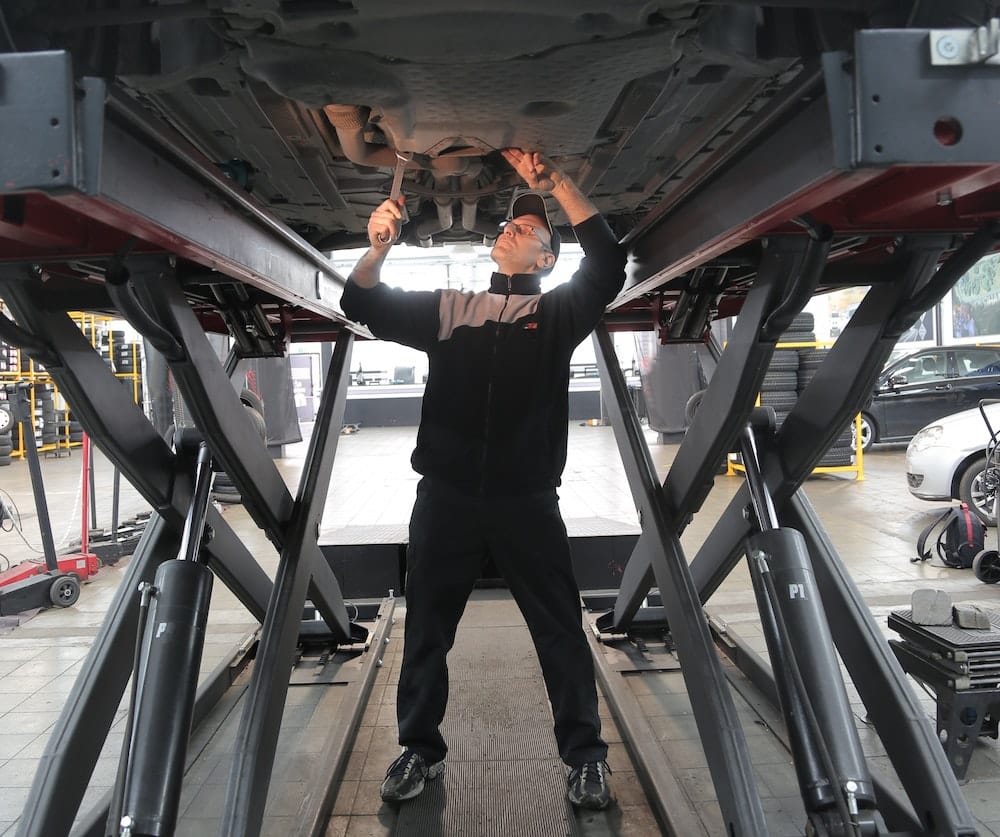
Aside from the average monthly operating cost, it can be hard to know when it’s time to replace your company vehicles. So, we’ve provided some factors to consider for your replacement cycles.
These are all important indicators that it’s time for a replacement. Factoring in the mileage, condition, and age of your vehicle as well as how your staff’s safety are all important indicators for your replacement cycle.
If it’s time for replacement, here are some questions to consider for choosing your next vehicles.

Another important factor to consider when purchasing a newer vehicle is to determine the advantages and disadvantages of paying cash vs financing or leasing. When it’s time to replace a vehicle, knowing the right approach will pay dividends in the long run.
Not only do you want to have a consistent vehicle replacement strategy for your drivers, but you also want to ensure you are creating opportunities for your company to grow.
Paying cash is the most straightforward option. Once you pay, you own the vehicle outright.
Financing is typically a better option for fleet managers looking for more investment flexibility. In this strategy, you’ll be making payments toward your fleet vehicles. Your company will own the title when you’ve paid off the debt in full.
Leasing essentially means you are renting your vehicles under specific terms (mileage maximums, term duration, etc.) and must return the vehicle later. Some leases offer the option to purchase once the lease ends.
For more on vehicle purchasing options, check out this article from Cars.com. Ultimately, it is up to you whether it makes more sense for your company to lease, finance, or purchase your equipment and vehicles.
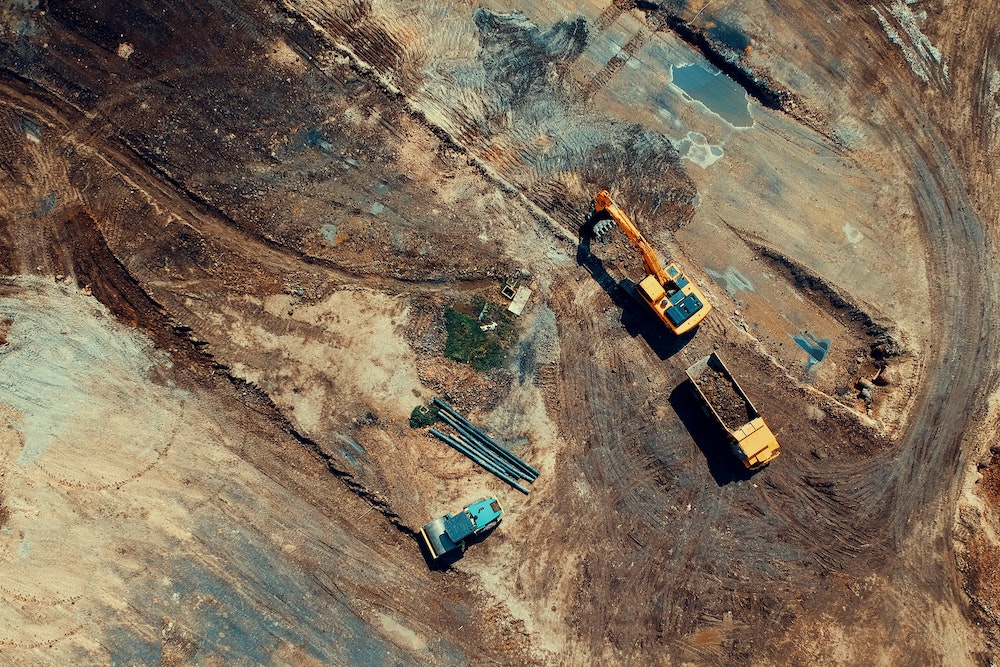
Having a balanced and strategic replacement cycle for your fleet vehicles is key to keeping your drivers safe and curbing any unnecessary expenditures.
Again, your fleet vehicle replacement strategy can look different from others since the type of fleet vehicles, size, usage, and application can all impact your fleet replacement cycle.
Finding the sweet spot between when to sell, purchase, or lease a vehicle can be hard, but when it’s done right you get the best value out of your investment.
When the average monthly expenses outweigh that of a replacement vehicle (including financing) it’s time to move on. Replacing fleet vehicles depends on age, mileage, use, and safety features. Generally, you want to replace your light-duty vehicles every four years or around 100,000 miles. However, for medium-duty to heavy-duty vehicles, times can vary greatly due to the variety of factors involved.
Depending on use, the average useful lifecycle can be around 2-4 years for light-duty vehicles and up to 10 years for heavy-duty trucks.
Vehicles typically need, at minimum, a monthly inspection and tune-up to ensure everything is running smoothly and to avoid a potentially costly repair.
If your business vehicle needs to undergo major repairs or needs significant upkeep, you may want to consider selling it. If the yearly expenses of an older vehicle outweigh that of a newer vehicle (financing included) it’s time to move on.
Maintaining fleet vehicles generally includes pre-trip and post-trip inspections, regular maintenance (oil changes, tires, air filters), and more.
The fleet industry can be tricky to navigate, so that’s why we want to help you.
From digital DVIRs with instant notification of logged issues to reminders for preventative maintenance, we want to help you keep your vehicles running smoothly.
That means taking the weight off your shoulders by keeping you up to date with improved industry-leading fleet management software.
If you’re feeling overwhelmed with fleet management, don’t worry.
Forward Thinking Systems is here to provide you not only with the information you need to make informed choices for your company but also with the products and services designed with you in mind.
Psssst… Want to see how our fleet management services can help your business thrive during a recession, high fuel prices, and inflation?
Grab a free demo.
Do it.
Do it now.
Right down here. ⬇️

Recent Posts
Categories
Stay in Touch
Ready to make fleet management more manageable?